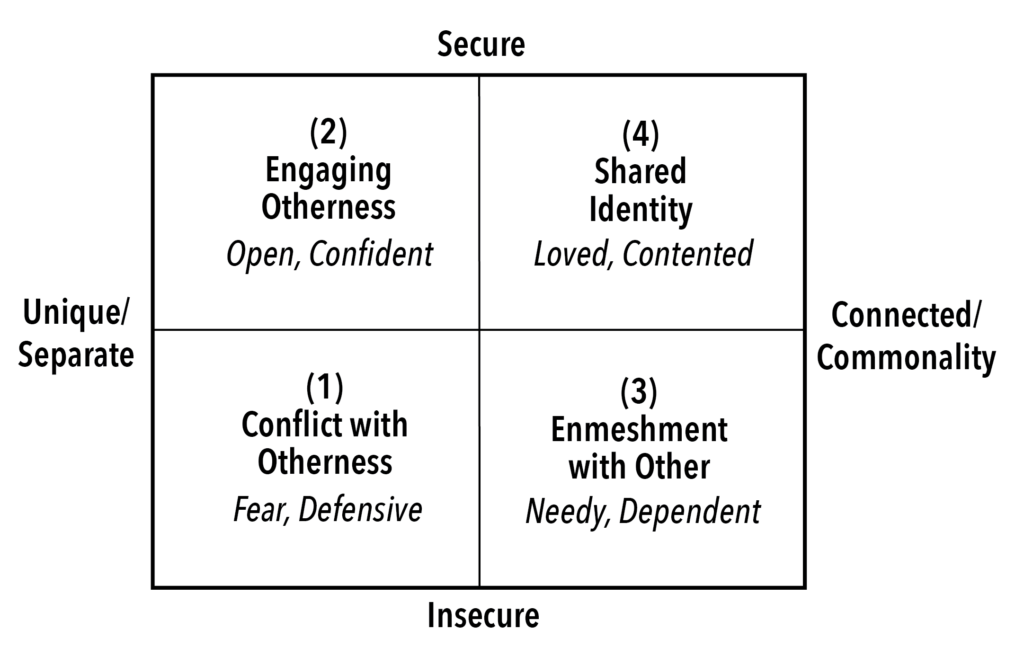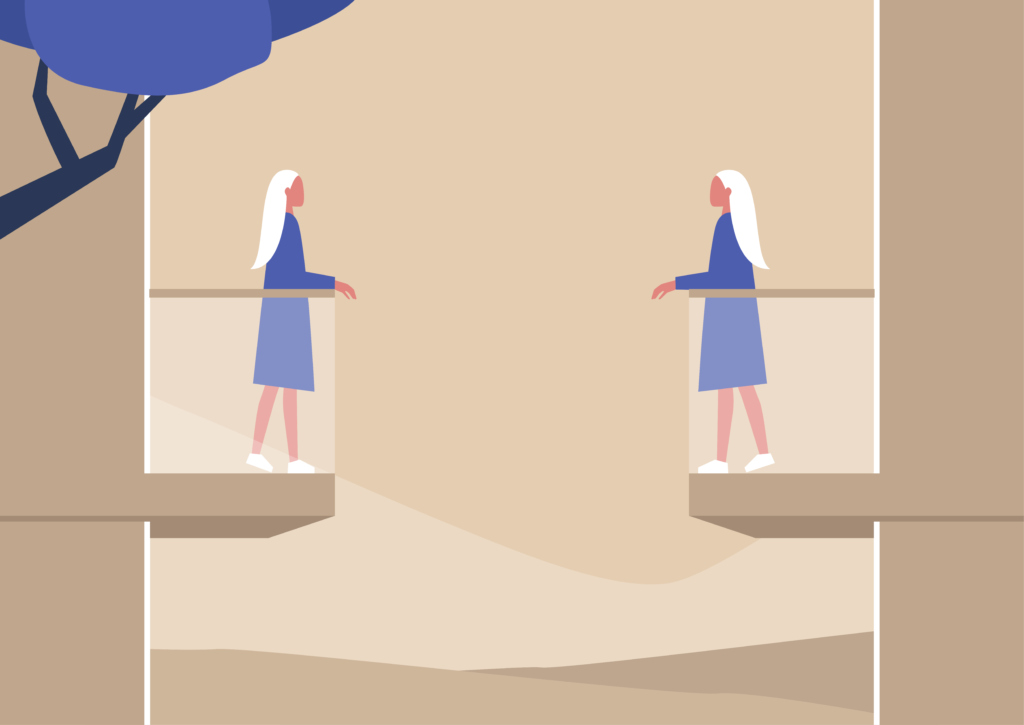Jonathan Reams, Ph.D.
We all face a puzzle in life, the puzzle of identity. We experience ourselves as unique, that is, as different from others. Yet we also experience commonalities with others by encountering aspects of ourselves in others. In the interplay between these polarities, we form an identity.
We could also say an identity forms us. The bodies we are born into come with a set of DNA that predisposes us to certain physical conditions. Our family, in whatever form it may take, imprints upon us all manners of modelling about how to be in the world. The world is just as we experience it, at least until we encounter otherness.
One of my early experiences of otherness occurred while visiting the family of my first girlfriend. In my family, we did not engage in any kind of debate or heated argument – that was considered to be “fighting” or “talking back to our parents”, and it was not okay. The expression of emotions was not part of our family culture. In my girlfriend’s family, open expression of emotion, infighting and “giving the parents grief” was not only accepted, it seemed to be the norm.
I was shocked and disoriented by these differences from my upbringing. I remember feeling anxiety. At times, I felt at a loss for how to behave. Sometimes I acted from a sense of righteous judgment. Based on the patterns I knew, I tried to assert some normality into things. This did not go so well, as I was an outsider who could be easily mocked and marginalized. To liberate myself from the constraints of my upbringing, I tried to adopt their ways of behaving and expressing emotion. However, I felt lost. I tended to miss contextual clues and implicit nuances. In my attempt to fit in, I awkwardly misjudged how my actions would be perceived by others.
Eventually we managed to adjust to each other and create something new in common. My discomfort with their otherness gradually receded with familiarity and adaptation. They learned that some restraint could be okay at times. I learned to be okay, at least to a degree, with expressing emotion. This liberated me from the part of my identity where emotion was always repressed.
Conflict with Otherness
Looking back, I realize that what I had experienced was a conflict with otherness.
Since then, I have had many more such conflicts with otherness. My conflicts stimulated an ongoing reflection on the puzzle of identity: why do we feel a separate sense of self, and what are the consequences of this?
While this issue involves several questions, I wish to focus on the consequences of our experiences of otherness. It appears to me that the most significant consequences of our encounters with otherness occur when we experience separateness in conjunction with insecurity. The combination of separateness and insecurity moves us toward conflict with otherness. Let me try to unpack what I mean by this.
I noted in my opening that we experience identity as a polarity between uniqueness and commonality. Like any polarity, this dimension forms a kind of spectrum. Depending on a wide variety of influences, we construct our identities as positions within and along this spectrum. There is also a second polarity. This involves the extent to which we experience ourselves as, on the one hand, dynamic and able to change and grow, and on the other hand, as having a permanent core – something stable that is always “us”.
I find that the stable sense of core identity often gets bound up with the more contextually dynamic aspects of identity. To be more specific, we tend to identify with a role, profession, or affiliation that helps us differentiate from others. This provides us with both a sense of personal uniqueness and shared commonality. Yet these aspects of identity are not inherently stable. Roles evolve; we might change professions. The early excitement of an affiliation may turn sour as we learn more about them over time. Interests shift.
Over time, if we can hold our sense of having a stable identity lightly, we can be curious about such changes when they occur. What do they mean for us? How can we adapt? However, if we become dependent on of any particular fixed role, profession or affiliation, we will tend to fear such changes.
I believe this fear arises from insecurity. I know that when I feel insecure about something in myself, being confronted by otherness triggers an automatic set of responses. These can include fear, defensiveness, and even shame. The events that cause such reactions can be anything from an ordinary everyday difference of opinion with my wife, to an encounter with a stranger who confronts me with something that I am not able to face in myself in that moment. In both cases, the tendency is to judge the other and their otherness as somehow wrong. Defense mechanisms jump into action to protect my sense of identity as it confronts the otherness. Thereafter, I support my actions with a well-rehearsed set of defenses and justifications.
In this manner, I suggest that conflict, fear and defensiveness often arise when we are insecure about those aspects of our identity that are challenged in encounters with otherness.
Making Some Distinctions
We can think about this process in terms of the diagram below. The diagram shows two dimensions. The first dimension involves the extent to which, in any given situation, we experience ourselves as separate from or connected to the other. The second dimension involves the extent to which, in any given situation, we feel secure as opposed to insecure about ourselves.
This diagram shows us that when we interact with other people, we can find ourselves in one of four basic states.
Starting with Point (1), when we feel both insecure about ourselves and separate from the other, almost anything in life can become threatening. For example, we may feel our sense of self is being challenged. As a result, we become fearful and defensive. In this state, we experience otherness as a threat to our sense of self and automatically frame this as conflict. Here we find ourselves least able to profit from our relations with other people.

In contrast, as shown in Point (2), when we feel secure about ourselves, feeling separate from other people does not threaten our self-esteem or our sense of identity. When we are in this state, we are more able to engage the otherness of someone we perceive as different from ourselves. This is the state in which we can be most open to the other person, without losing our identity.
What should we do if we want to overcome a conflict with otherness? To be sure, we want to be open to the otherness (Point 2). It is by being open to otherness that we are able to develop our own sense of identity. This does not mean, however, that we should have no boundaries or open ourselves up indiscriminately to the other! Without healthy boundaries and a secure and autonomous sense of self, seeking commonalty with others may lead to enmeshment. In such a state, we risk losing ourselves as we become overly dependent upon the other as a source of self-esteem and even identity. This is shown in Point (3) in the diagram.
The foundational state for overcoming conflict with otherness, shown in Point (4) of the diagram, occurs when we are able to build on the feeling of security about our independent identity while simultaneously connecting to and exploring commonalities with the other. We are able to feel comfortable with who we are and accept the otherness of someone else. When we are able to do this, we can then form a shared identity with the other. We are able to share a sense of “who we are” without losing “who I am” or “who you are.”
Overcoming Our Insecurities
With this set of distinctions in mind, we can turn to the question of what can we do to better navigate this territory? How can we avoid falling into the well-rehearsed set of defenses and justifications that keep us separate and reinforce our insecurities?
What I miss when I get lost in this process is a space to reflect and notice that all this justification is only an illusion – a self-deception. I need a balcony where I can get some perspective on the situation. While up on the balcony, I can get a grip on the fear and insecurity and find a space for curiosity.

We can find this balcony space within ourselves in many forms. Sometimes it is as simple as taking a deep breath and letting a thought pass rather than expressing it. We might have other names for it, such as the witness self or our executive function. A formal name for this is metacognition, or the awareness of our subjective experience. No matter what we call it, it is whatever has helped us step out of the details where we are subject to the forms of attachment or identification, and feel secure in our stable sense of self.
With the space this balcony brings, we can shift our attention to looking at otherness with less bias and ask ourselves, what are we assuming must be going on here? What are we telling ourselves about why the other is doing whatever they are doing? With these simple questions, we can then ask ourselves, what else might be going on? What are other possibilities for why they are acting as they are?
I experienced the benefits of getting up on the balcony recently in a working relationship with two colleagues. Based on some history, I had a clear bias that led to a pattern of marginalizing and not engaging them. Then came a situation where I was in a position to collaborate on a project. I recall that given my previous experiences, the first decision I had to make was how much time and energy I wanted to put into this project. I recall thinking at some point: wait a minute, take a deep breath, pause, get up on the balcony and be curious about the people and situation With this bit of distance, could I find some options rather than stay stuck in past patterns?
What my curiosity allowed me to notice was that, while the things I had made previous judgments about were still present, they were not the only things going on. Liberated from needing to only see evidence to confirm my bias, other facets came into view. I noticed a willingness on their part to engage some of my interests that I had not noticed in the past. I could then focus time and energy in that direction, enabling a pleasant and productive collaboration.
Being curious about others and asking new questions starts to shift our energy, broadens our horizons and more importantly, stops the momentum of judging the other. All of this can happen in a moment, where we use being triggered by conflict with another person to remind ourselves of the need to get on our balcony. There, we can suspend our reaction and turn to the other with curiosity and see more of the person than met our eye previously. From there, it is easier to ask them a simple question to engage their otherness, like, can you tell me more about this?
In doing this, we might indeed find that we lose part of our identity, part of our sense of self lost in a detail of shifting form. What is liberated is the possibility of cultivating a larger, more stable sense of identity, where we become even more of ourselves. Finally, in doing this, we also give the other the gift of being more of themselves.


If you like what we are doing, please support us in any way that you can.